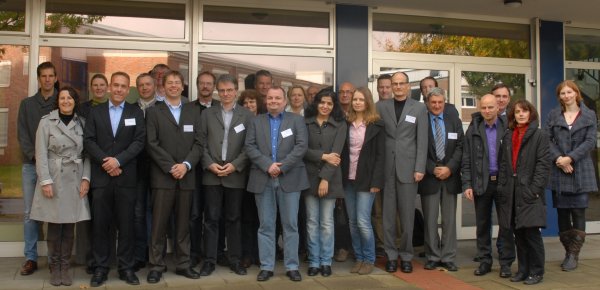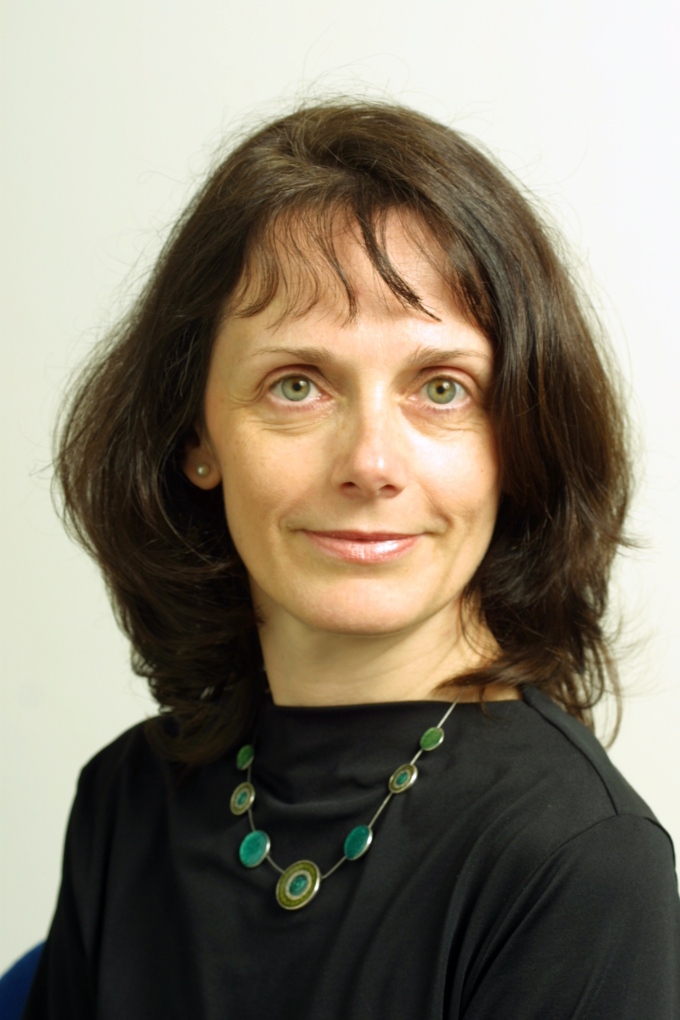Virtual Institute Becomes Real: Partners Attend First Meeting on Magnesium-Based Implants
On 10 October 2012, about thirty participants in the Helmholtz Virtual Institute’s “In vivo studies of biodegradable magnesium-based implant materials” came to Geesthacht to attend their first meeting. The aim of the research association – known as MetBioMat – is to develop biocompatible implants out of the metal magnesium that will dissolve inside the body as required.

The participants in the Helmholtz Virtual Institute’s beim Kick-off in Geesthacht. Photo: HZG
Most of the partners involved in the project are clinics and universities located in northern Germany. In the long term, the close links between these research facilities and clinics in the north of the country are intended to form the basis for a translational centre on the subject of “metallic biomaterials”.
“The Virtual Institute will help us to achieve conclusive research results and also strengthen the region's standing in this field,” explains Prof. Wolfgang Kaysser, scientific director of the Helmholtz-Zentrum Geesthacht. “The issue of magnesium-based implants is extremely interesting for our centre, given that we’re an international leader in terms of possessing the expertise and production possibilities for a range of materials that are eminently suitable for medical use. This applies as much to magnesium alloys as it does to our polymer-based biomaterials, for which we set up a Virtual Institute at the Teltow site in 2011. This effectively enables us to push forward in two directions for two very different classes of materials.”
The MetBioMat Virtual Institute will run for a period of five years. The four main partners and eleven associated partners will have a total of three million euros at their disposal. The 600,000 euros in annual funding will come from the Helmhotz Association’s Initiative and Networking Fund.

Regine Willumeit Römer. Photo: HZG/ Christian Schmid
“Altogether, there’ll be five work packages, in which we’ll develop magnesium-based orthopaedic implants, provide comprehensive characterisation and test them in animal studies,” says Prof. Regine Willumeit, head of the Institute of Materials Research at the Helmholtz-Zentrum Geesthacht.
The initiator of the research network describes the tasks of researchers at Geesthacht as follows: “Our colleagues here at the Magnesium Innovations Centre – MagIC – provide us with the basic material, the magnesium alloy. Our job is to examine the factors that will eventually help to dissolve the magnesium. We also test the alloy’s properties in laboratory experiments.” After that, the in vivo studies are conducted by our partners at the Hanover Medical School, the University Medical Centre (UKE) in Hamburg, and at Graz University, in Austria.
Supporting Junior Researchers:The research association promotes the interdisciplinary training of PhD students in the form of introductory seminars on materials research, biochemistry, biology and medicine. Topics relating to patent law and health care regulations are also covered. This provides doctoral candidates with the essentials of biomaterial development, as well as the basics about bringing a medical device onto the market.
